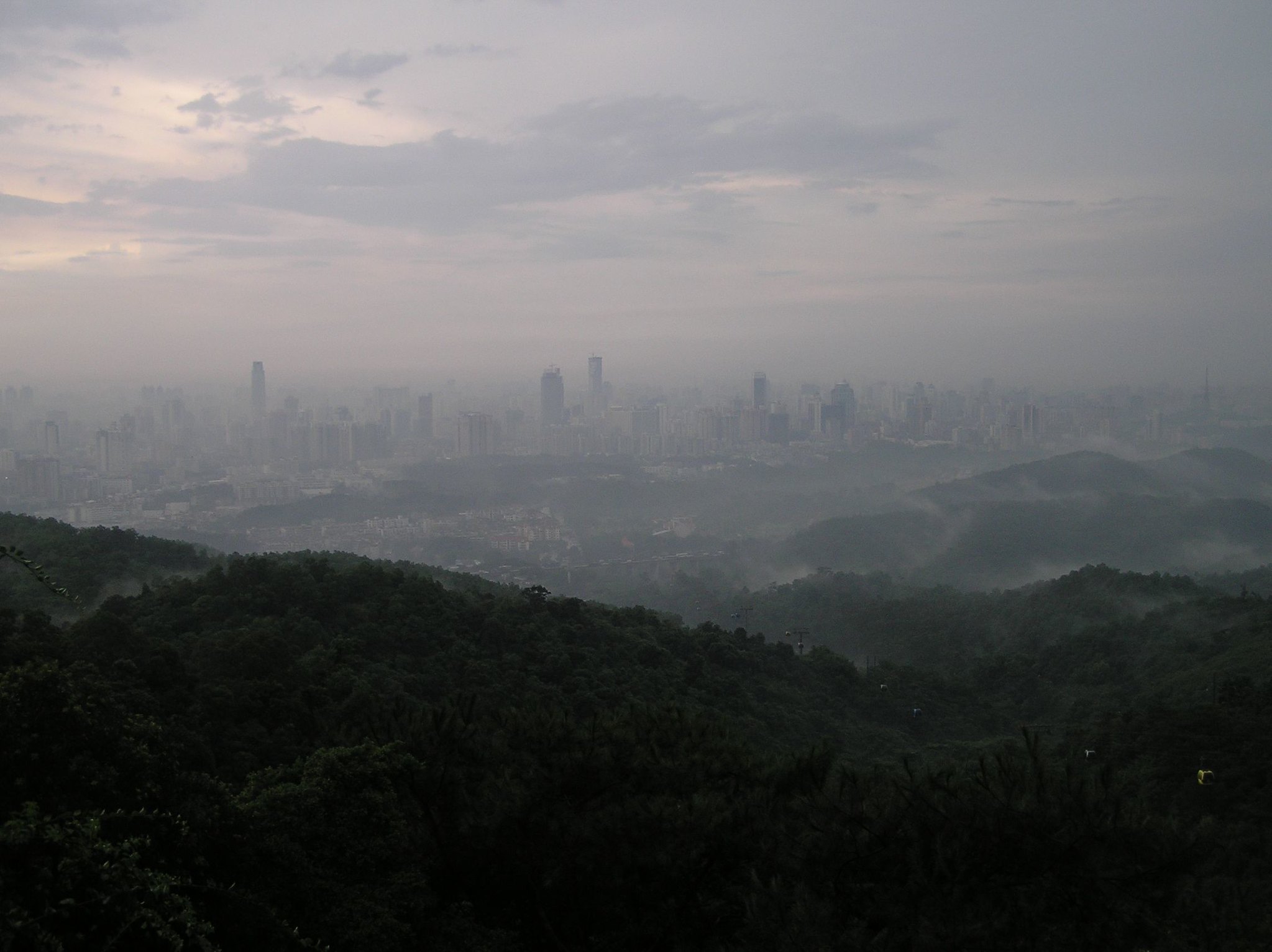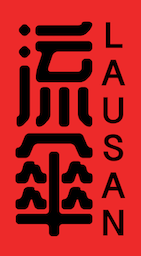Read this article in Chinese.
To Beijing, Hong Kong has long been feared as the foothold where Western forces can creep into mainland China and “corrupt” its people with dangerous ideas like free speech and association. Indeed, Hong Kong people have historically supported those in the mainland in their struggles against a debilitating flavor of state capitalism, and a regime that willfully ignores the interests of workers, minorities, and disadvantaged groups. This is precisely why Beijing has kept a close eye on the movement in Hong Kong. Beijing wants to crush it because it knows that if the movement spreads to the mainland, it has the propensity to stir up dissent among an already agitated and even more oppressed population.
The recent passage of the national security laws that criminalizes dissent demonstrates Beijing’s determination to bring Hong Kong’s movement to an end. While these laws signal a new era of uncertainty for the Hong Kong movement, looking at how the political discourse in mainland China has transformed over the past decade can offer insights on how the Chinese Communist Party (CCP) operates.
Although popular opinion in mainland China is currently dominated by fanatic nationalism, it hasn’t always been this way. In the beginning of the 2010s, civil society and collective action bloomed. Even with the long sentence of the human rights activist and writer Liu Xiaobo and the repercussions after the 2011 Jasmine movement’s call for democracy, Chinese citizens were generally hopeful about the liberalization that China was undergoing.
Activism thrived throughout this period. In 2010, two thousand workers at a Honda factory in Guangdong striked for 19 days, demanding higher pay and an autonomous labor union. In 2011, well-known writer Han Han published three widely circulated articles titled, “On Revolution,” “On Democracy,” and “On Freedom”, demonstrating that mainland Chinese people wanted more civil liberties. In 2013, the liberal newspaper Southern Weekly titled a New Year article, “China Dream, the Dream of Constitution,” in hopes of encouraging the newly “elected” President Xi to enforce a constitutional rule of law in China. This period of liberalization between 2011-2015 also saw the rise of feminist activism, labor actions and other anti-discrimination movements, many of which received international media attention.
During this period of liberalization, progressives in mainland China believed that they could engage in political activities without directly challenging the CCP by using performative protest tactics. For example, some residents in Guangzhou shaved their heads to mock a wasteful government spending project that aimed to “beautify” the city. One feminist group drew international attention by wearing blood-stained wedding dresses in public to bring awareness to domestic violence. Later in the same year, they also shaved their heads in protest of gender discrimination in China’s college admissions process.
This all changed when President Xi came to power, marking the end of China’s period of liberalization. After Xi’s inaugural speech in 2013, an article in Southern Weekly, once titled “China Dream, the Dream of Constitution,” was changed to “Chasing Dream” by a high-level official to erase the promise of a constitution. Weibo, the Chinese social media platform that was used by some activists to speak out on public issues, gradually transitioned from a liberal haven into a platform for entertainment and nationalism. Beijing even went on to arrest feminists who protested domestic violence along with labor activists with connections to nonprofits in Hong Kong. The latter were forced to admit that they committed the crime of disturbing social stability in China by receiving funding from Hong Kong to support labor activism in mainland China.
Spontaneous wildcat strikes across China’s factories also suffered after President Xi came to power. In 2012, confident labor unions in Guangdong proposed allowing union representatives to be directly elected by the workers. But after China’s period of liberalization ended, the state clamped down on labor actions and began arresting activists to scare others into obedience. As a result, labor resistance dwindled.
Even though these social movements were heavily suppressed by President Xi after he came to power, they were not necessarily doomed to fail. Rather, it was the lack of engagement, mobilization and organization of the masses that led to the state’s relative ease in wiping out civil disobedience. Although the performative protest tactics that were commonly used before Xi’s time were effective at getting media attention and only required the participation of a few activists, they were ultimately ineffective at building lasting solidarity across masses of people.
China’s labor movement was another opportunity for activists to mobilize the masses with workers already agitated because of inhumane working conditions. Labor activists took advantage of this by supporting workers during spontaneous wildcat strikes (often sparked by accidents in factories) and providing them with help, but they didn’t focus on building an organized and resilient base of workers. This meant that the labor movement wasn’t resilient, and fell apart once the Chinese state started arresting dissenting workers in retaliation. The Guangzhou University Town janitors strike of 2013 serves as an example of this. While it initially garnered a lot of support from university students, feminists, and other civil society activists, ensuing efforts to maintain worker power ultimately failed. A few months after the strike ended, participants were individually retaliated against, quashing the organizing effort entirely.
Instead, we must organize at the grassroots level to agitate, practice solidarity and build a robust base of people.
The shortcomings of labor organizing in China can also be seen when we look at the demise of the Maoist activists behind the Jasic incident of 2018. Unlike the many spontaneous factory strikes throughout China, the Jasic strike was the culmination of over a decade’s worth of militant organizing. Informed by Lenin’s revolutionary party theory, the organizers of the Jasic strike got hired into factories as workers with the goal of agitating and seeding the vision of a working-class revolution. However, these activists lacked labor organizing experience, and didn’t know how to agitate beyond spouting Maoist ideology on the shopfloor. To make matters worse, Xi’s rise to power led to a crackdown on labor activism. In an attempt to revitalize the labor movement in the region, these organizers got themselves hired at Jasic to organize a strike. But by the time of their strike, they had failed to mobilize the majority of their coworkers, making them vulnerable to retaliation, which ended up exposing their decade-old network of Maoist students and activists. This should remind us that in order to build sustainable and effective labor organizations, we need to develop militant organizing skills and tailor our tactics to worker’s lived experiences.
Spontaneous strikes and performative protests have their place. But we should not mistake them as the building blocks for sustainable and militant movements. Instead, we must organize at the grassroots level to agitate, practice solidarity and build a robust base of people. Only then can organizations stand the test of time and continue to be a platform of resistance when movements are forced into abeyance.
The wildcat strikes and performative actions of civil disobedience in mainland China share several similarities with the 2019 anti-extradition bill protests in Hong Kong. Like many actions in the mainland, the Hong Kong protesters, knowing the CCP’s history of repressing dissidents, operated in a decentralized and leaderless manner out of fear that leaders would be targeted. This meant that actions were planned spontaneously and didn’t allow activists to build a cohesive platform.
Although Beijing has imposed its national security laws on Hong Kong, there is hope that Hong Kong’s movement will not end up repressed in the way activism has been in the mainland. Indeed, over the past year, we’ve started to see Hongkongers build more resiliency: a new wave of grassroots organizations and labor unions were established while a variety of communities emerged to meet movement’s constant need for active cooperation and collaboration. While this is certainly a step in the right direction, whether the movement in Hong Kong succeeds after international media coverage diminishes will depend on how resilient these organizations become.
With the national security laws now in effect in Hong Kong, it is time that we realize what Beijing has known for so long: that the fate of Hong Kong and mainland Chinese people are deeply connected. This is why we must not only develop solidarity across this border, but build it to last. Only then will we have a chance of withstanding state oppression in the long run.




